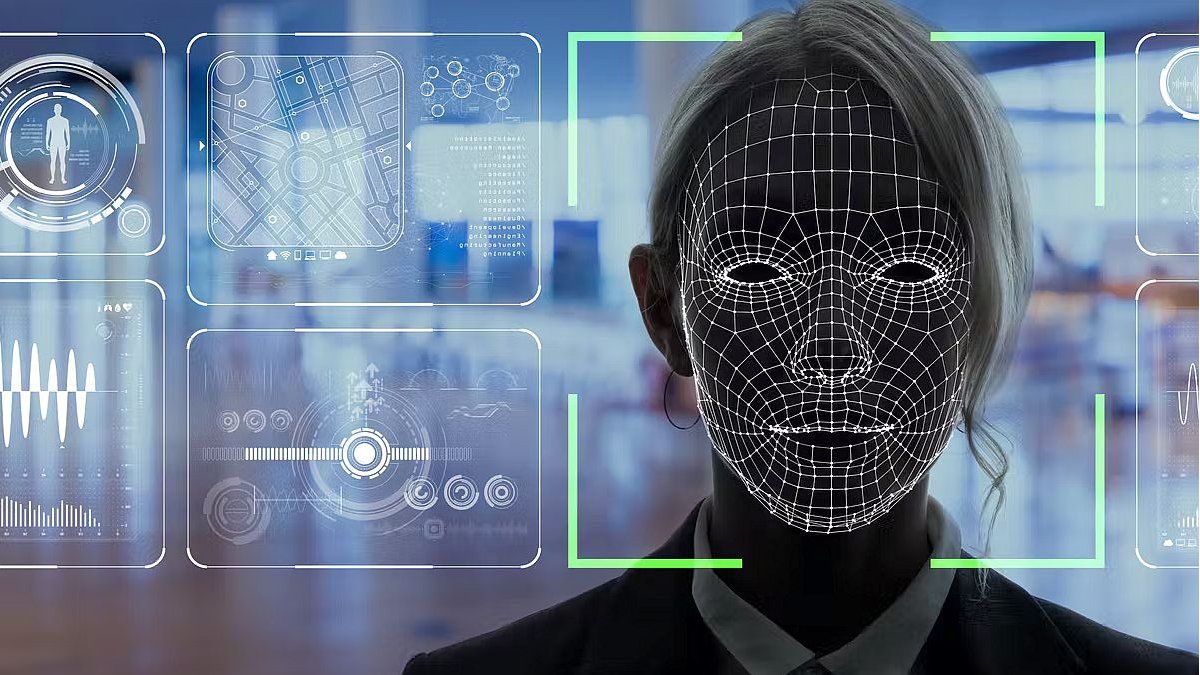He Ministry of National Security approved the new Unified Protocol for Facial Recognition and Comparison with the aim of standardize the use of this technology in security force practices. It will be mandatory for federal police and security forces dependent on the portfolio directed by Patricia Bullrich.
In detail, the Government made the measure official through the Resolution 1234/2024 published in the Official Gazette. The protocol and its annexes were declared confidential, which raised some doubts about the transparency of its implementation in reference to issues of privacy and protection of civil rights.
The new unified “facial recognition and taxonomy” protocol
In its considerings, the Government detailed that the protocol “is part of the comprehensive plan of the Ministry of Security that consists of the harmonization of this type of documents, in order to implement measures aimed at unify criteria and standardize actions to optimize, guarantee and streamline procedures”. The document will be mandatory for security forces.
“This Protocol synergistically combines the knowledge of the Federal Police and Security Forces on how they should proceed with facial recognition and comparison studies, providing precise guidelines and indications in relation to the vast range of possibilities offered by facial forensic analysis, detailing what to do, when and how to act”, detailed from the portfolio directed by Bullrich on the unified protocol.
In detail, the document on facial recognition practices and taxonomy is based on international standards, such as the “Best Practice Manual for Facial Image Comparison” of the European Network of Forensic Sciences Institutes (ENFSI). These types of guides seek to define how the actions should be carried out. Comparisons of facial images in a technical and precise waywith the aim of ensuring that the practice is reliable and free from bias or human error.
Reference is also made to other documents, such as that of the Facial Identification Scientific Working Group (FISWG), which defines taxonomies and morphological characteristics that must be analyzed in each case. The idea is that Security Forces have evidence-based tools to ensure correct identification. As these types of organizations explain, standardization helps minimize possible errors and increase precision in criminal investigations.
The practices detailed in the document must be implemented by National Gendarmerie, Argentine Naval Prefecture, Airport Security Police and Federal Police. One of the Government’s objectives with this standardization is to prevent there are differences in the way to proceed between different organisms.
For the development of this protocol, a collaborative work methodology was implemented between the National Directorate and the Federal Police and Security Forces. As detailed, this collaboration aims to integrate the knowledge and experience of different organizationswhich contributes to the creation of a more robust and effective protocol.
Although facial recognition can be a powerful tool to combat crime, criticism of this type of technology did not take long to arrive after the ruling party’s definition. The implementation of these new tools puts at the center of the debate concerns regarding privacy and human rights.
In this sense, the protocol and its annexes were declared of reserved characterwhich has raised some doubts about the transparency of its implementation. Due to this decision and the inability to access details, independent oversight and public access to how and when the technology will be applied could be difficult.
Privacy is a central concern because facial recognition technology demonstrated have failures in the past. Various international studies highlighted that these tools can have biasesespecially when recognizing faces of people belonging to minority groups. In a context where the protection of individual rights is fundamental, the correct application of technology must be guaranteed to avoid errors that could lead to unfair consequences.
Finally, another interesting point of the resolution is the invitation to the provincial jurisdictions and the Autonomous City of Buenos Aires to adhere to the protocol. In this way, the adoption of this type of practices will depend on the political will of each jurisdiction.
What is facial recognition
Facial recognition is a technology that allows you to identify or verify the identity of a person from an image of their face. It is used in numerous applications and situations today and can be a very useful tool for security forces because it facilitates the identification of suspects in criminal investigations or helps find missing people.
AI facial recognition.jpg
Along these lines, River Plate’s Systems Manager, Patricio Corradirecently revealed, within the framework of the Olé Sports Summit event, that the club seeks to apply this type of technology to the entrances to the Stadium. With Resolution 1234/2024, the Argentine Ministry of Security places the focus on the creation of a unified protocol for the effective application of this type of tools.
Source: Ambito




